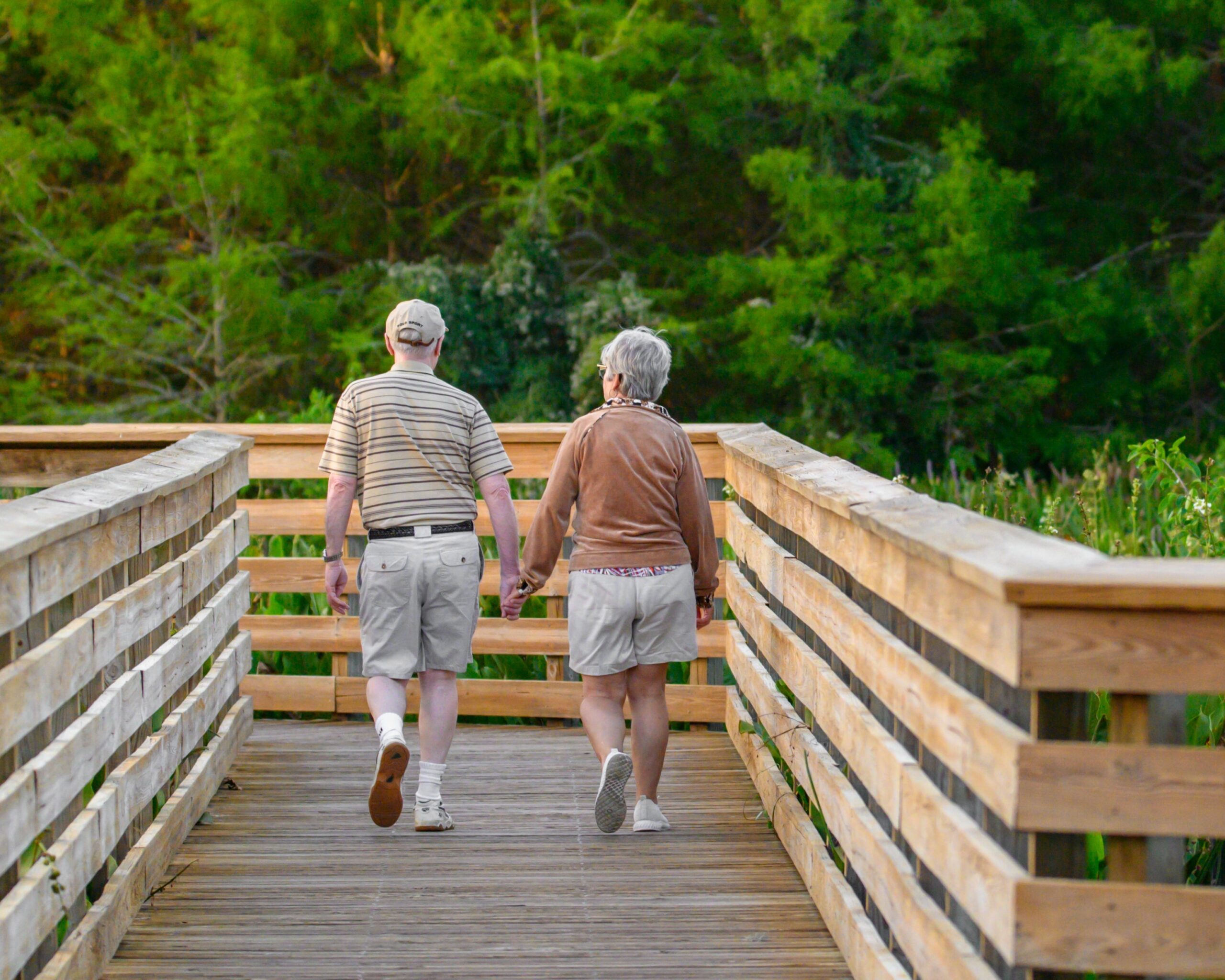Movement
Benefits of Walking for Elderly Health

Hey there, fellow fitness enthusiasts! Today, we’re lacing up our sneakers and hitting the pavement to explore the incredible benefits of walking for our beloved elders. Welcome to another exciting article brought to you by Fit With Age, your go-to hub for all things health and fitness tailored to the golden years. So, grab a water bottle and let’s embark on this adventure together!
It’s no secret that as we age, our bodies may require a little extra TLC. That’s where walking comes into play – it’s a fantastic form of exercise that offers a myriad of benefits for our physical and mental well-being, all while being gentle on the joints. Let’s delve into some of the wonderful perks that walking has to offer.
First and foremost, walking is a great way to boost cardiovascular health. By getting your heart pumping, you’re strengthening it, improving blood flow, and reducing the risk of heart-related conditions. Not to mention, it’s a fantastic way to maintain a healthy weight and keep those pesky pounds at bay. So, put on your favorite tunes, set a brisk pace, and let your heart soar!
But it doesn’t stop there, folks. Walking is also a fantastic exercise for increasing bone density and preventing osteoporosis. As we age, our bones tend to become more fragile, making us more prone to fractures. However, regular weight-bearing exercises like walking help to build and maintain strong bones. So, say goodbye to brittle bones and hello to healthy aging!
Now, let’s talk about mental wellness, shall we? Walking has been proven to have an incredibly positive effect on our mental health, reducing symptoms of depression and anxiety. It’s a natural mood booster, releasing those wonderful endorphins that make us feel oh-so-good. Plus, walking outdoors allows us to connect with nature and soak up some vitamin D, which is essential for a healthy mind. So, why not go for a stroll in the park and let Mother Nature work her magic?
In addition to the physical and mental benefits, walking also gives us an opportunity to socialize. Grab a buddy or join a walking group, and you’ll find yourself engaging in meaningful conversations, laughter, and maybe even a little friendly competition. Remember, fitness is more fun when we’re surrounded by great company!
Now, let’s address some concerns. “But what if I have joint pain?” I hear you ask. Well, fear not, my friends. Walking is a low-impact exercise that puts minimal stress on your joints, making it an ideal choice for individuals with arthritis or joint issues. Just remember to wear comfortable shoes with proper support, and a world of pain-free walking awaits you!
To make walking even more enticing, why not incorporate some of the beautiful scenery around you? Take time to explore your surroundings, discover new trails, or maybe even plan a leisurely hiking trip with fellow walkers. The world is your oyster, and walking is the perfect way to savor every step of the journey!
Walking is a fantastic form of exercise that offers countless benefits for our elderly population. From improving cardiovascular health and building strong bones to boosting mental wellness and offering social connections, it’s a true game-changer. So, let’s strap on our sneakers, hit the pavement, and enjoy the wonderful gift of walking. After all, age is just a number, and staying fit knows no boundaries!
Until next time, keep walking, keep smiling, and keep embracing the wonder of fitness at any age! Stay tuned for more exciting content from Fit With Age, your partner in living life to the fullest!
